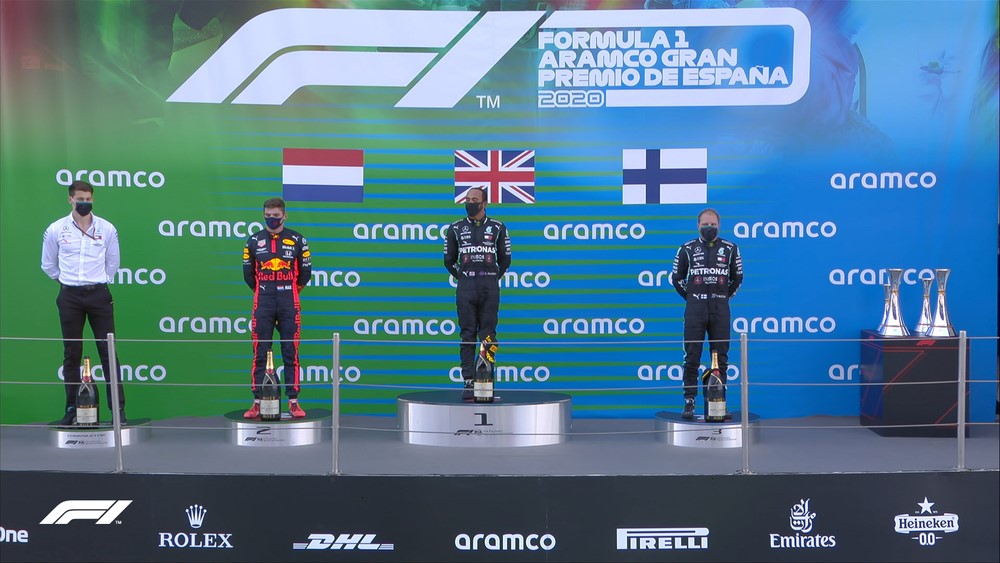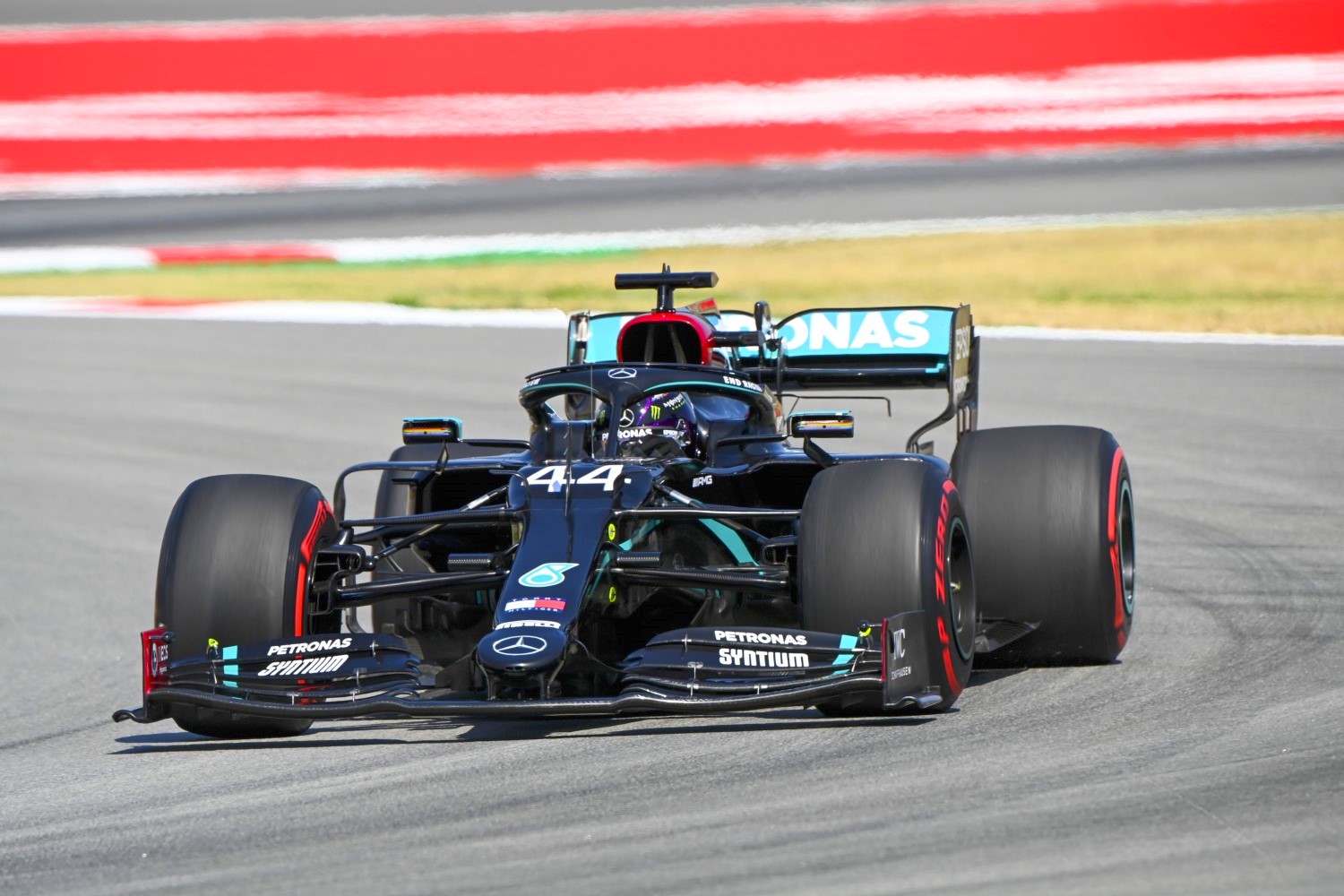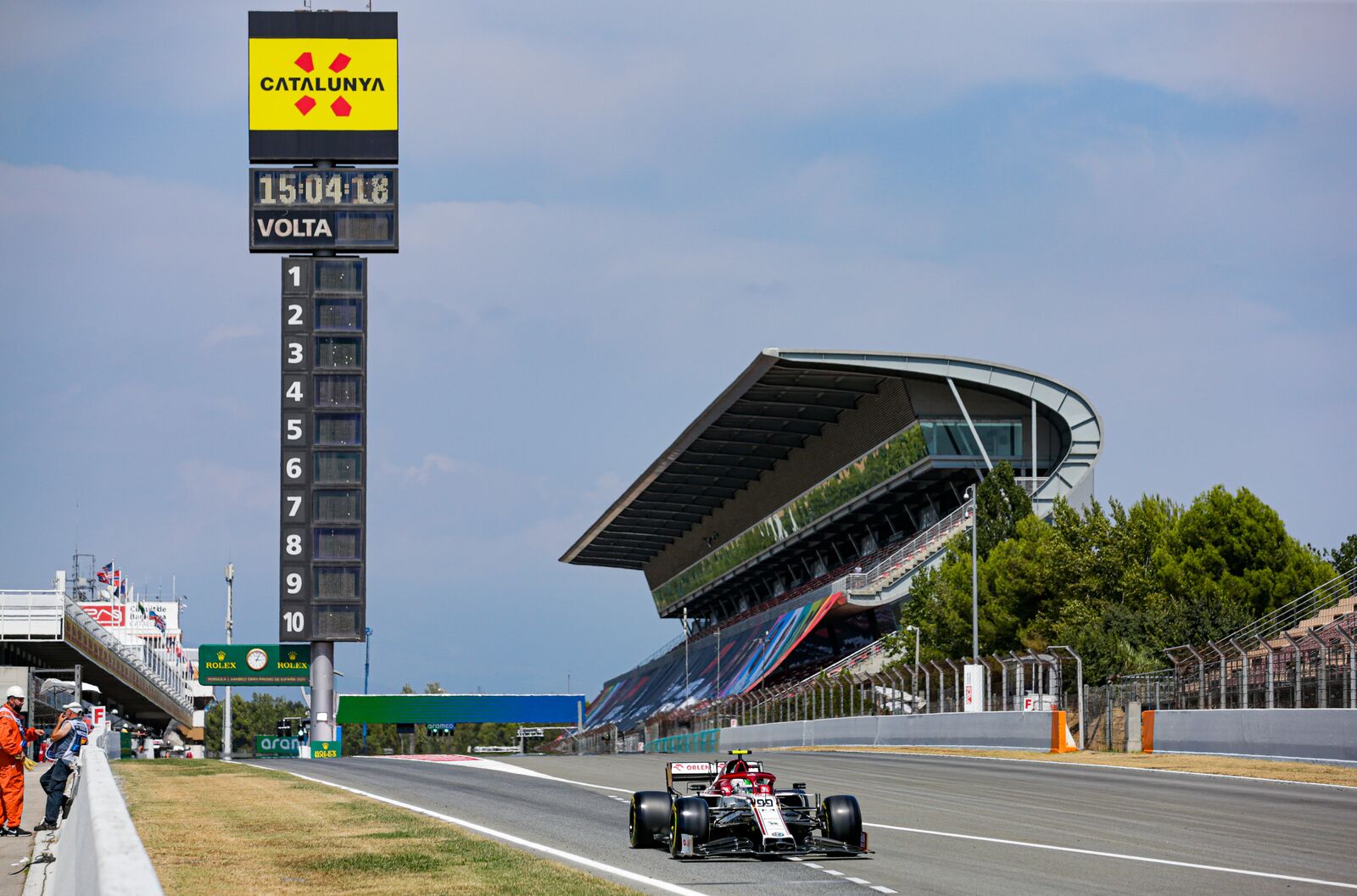F1: Spanish GP Preview
Circuit De Barcelona-Catalunya plays host to the Spanish Grand Prix this weekend, with the teams travelling across the border for the fourth round of the 2021 FIA Formula One World Championship.
The Circuit de Barcelona-Catalunya is this year celebrating its 30th anniversary, having opened its doors in 1991, as part of the city’s Olympics-focused revitalization. Located to the north of Barcelona the circuit is familiar to the Formula 1 paddock through its longevity on the calendar and its presence as a regular testing venue.
The circuit features a combination of low, medium and high-speed corners while for 2021 there has been a minor tweak to the layout for the first time since 2007, with the Turn 10 complex having been reprofiled. For the 2021 season the Spanish Grand Prix returns to its traditional May date, having been shifted to mid-August in 2020, due to the pandemic.
it unstintingly challenges both the mechanical and aerodynamic aspects of a modern racing car. As such, it can be an important barometer for performance across the remainder of the year.
Last Year
Lewis Hamilton bolted from his pole position in his superior Mercedes and never looked back to win the Spanish GP in Barcelona over Red Bull Honda’s Max Verstappen by over 23-seconds. Only three cars finished on the lead lap, such was the domination of Hamilton.
Hamilton won from pole with a two-stop soft-medium-medium tire strategy.

Hamilton Said: “This feels absolutely incredible. I was just in a daze out there, I didn’t even know it was the last lap in the end, that’s how in the zone I was. I can’t remember the last time I felt like that. It was really special and a real surprise after our recent tire problems. We brought all of our learnings from the previous weekend into this one and that enabled us to do well today. A fantastic effort from everyone in the team, I’m so grateful for all their hard work and for continuing to push, so a huge thank you to everyone at the factories. I got the perfect start, and then it was all about tire management. It was so hot out there and very demanding, but I was just focused on protecting the tires and bringing the car home. What an incredible result.”
Strategy
- Strategy: There’s gains to be made with some quick thinking on the pitwall. A pitstop takes roughly 23 seconds, which is quicker than Imola or Portimão, meaning multiple stops are viable. Last year, only five drivers made it to the finish with one pitstop, so expect to see a mix of strategies – especially as Pirelli has brought its hardest and most durable range: C1, C2 and C3.
- There’s usually plenty of action at the start thanks to the 645 meter run down from pole to the fourth-gear Turn One. It’s the third-longest drive into the first corner on the calendar – behind Russia and Mexico. But it’s still tricky for overtaking: 90% of all overtakes completed after lap two (28) in the 2020 race took place at the first four corners of the circuit, boosted by the 800m DRS zone along the main straight.
- During the winter, some minor re-profiling work was done to Turn 10. The revised section has an increased corner radius – largely returning it to the original layout used until 2004. There was just one overtake at this corner in the 2020 race; but with cornering speeds of around 100km/h (62mph) expected at the now-third-gear turn, it’s less likely to offer up opportunities for passing.
- While there were no Safety Cars in the 2020 Grand Prix, historically the chances of a mid-race interruption are common. 60% of all Spanish Grands Prix in Barcelona have featured the Safety Car, and 40% of the last five Grands Prix in have included at least one Virtual Safety Car period.

Fact File: Spanish Grand Prix
- The Circuit de Barcelona-Catalunya features a wide range of corner types and speeds. Slow corners such as Turns 14 and 15 test mechanical grip, while the high-speed Turns 3 and 9 put aerodynamic grip to the test. This is what makes the circuit ideal for testing an F1 car.
- Most of the low-speed corners at the Spanish GP venue are left-handers, while all of the high-speed corners are right-handers. So, slightly different set-ups are used on the left and right-hand sides of the car to accommodate this. Meanwhile, the left tires wear out quicker and the right tires experience lower temperatures.
- Overtaking is particularly tricky in Spain – the 2020 event produced just six normal overtakes, while 25 were DRS-assisted. The only long straight is entered via a high-speed turn and it is tough to follow a car through there, as the car in front produces “dirty air”. The end of the straight is also not ideal for overtaking, as Turn 1 doesn’t require much braking energy.
- The modifications made to Turn 10 for the 2021 Spanish Grand Prix will make it harder to overtake here, too, as the reprofiled corner has a shorter braking zone.
- The changes to Turn 10 mean it now has a wider apex and exit. So, it’ll be taken at a higher speed in 2021 – we still expect the corner to be taken in third gear, but the speed will increase from 85 km/h to around 110 km/h with the new layout.
- The tarmac at the reprofiled Turn 10 is new and much darker than the rest of the track, which means the grip here will be different, and therefore will influence the balance. It will also hold water for longer if it rains, compared to the rest of the track.
- However, regarding the balance with the new tarmac, a compromise will have to be found that also suits the rest of the circuit. So, getting this corner right will likely rely more on the drivers changing their approach and using set-up tweaks at their disposal like brake balance and DIF settings to help the car balance.
- One of the most unique corners on the track is Turn 5, because drivers tackle the corner differently in Qualifying and the race. The camber of the road drops at the apex, unloading the inside-front tire and increasing the risk of a lock-up. Drivers will take this riskier, tighter line in Qualifying as it is a shorter distance. But, on a race stint, locking up can cause vibrations and risk additional pit stops, so drivers often take the wider line to keep the load off the inside-front and reduce the risk of locking up.
- Car balance in Spain can often be influenced by the wind, as it sometimes changes direction during the day. There is usually a tailwind on the main straight in the morning, producing a headwind into the high-speed corners. This provides good car stability. But the wind tends to rotate to the opposite direction later in the day, which gives drivers a tailwind into the fast corners and makes the balance trickier.
- In terms of gaining lap time, sector three is the most important, as the drivers can find the most time in the low-speed corners. This means it is rare for a driver to set three purple sectors in Barcelona, because maximizing grip and being quick in sector one will overheat the tires by the time the drivers reach the crucial third sector.
- 22 of the 30 races that have taken place at the Circuit de Barcelona-Catalunya have been won from pole position – which proves just how crucial Qualifying is at the Spanish GP.
- Barcelona has one of the lowest maximum speeds on the 2021 F1 calendar, with cars reaching just 322 km/h on the main straight due to its high-downforce nature, compared to Mexico, which has the highest maximum speed of 350 km/h.
- Barcelona has the fourth-longest run from pole position to the first braking zone, with 579 meters before drivers hit the brakes for the opening sequence of corners.
- The Circuit de Barcelona-Catalunya has the sixth-highest average track temperature in F1 at 40°C (calculated by a five-year mean). There are two main factors for this: The track surface in Barcelona is very absorbent to heat, but the solar radiation (electromagnetic radiation emitted by the sun) is also particularly high in Barcelona, so the track temperature increases quickly when there is no cloud cover.
- Barcelona didn’t host pre-season testing in 2021, the first time this has happened in many years. But the track is well-understood by the drivers and engineers, so we don’t expect any additional unknowns for the race – and winter testing usually takes place in very different ambient conditions to the race, anyway.
Unlocking a lap
The 1.1km main straight, where cars reach speeds of 300km/h (186mph), offers a good opportunity for slipstreaming, but the medium-speed Turn One right-hander makes it hard to out-brake a rival into the corner. Drivers immediately barrel into the right of Turn Two and the long, uphill Turn Three. With its slight elevation, a well-balanced car is critical here.

Drivers keep it pinned to the left of the straight to maximize the tricky Turns Four and Five. After the long right-hand bend, the track moves downhill and challenges drivers to find the blind braking point, while averaging around 160km/h (100mph) before braking hard into Turn Five.
Turns Seven and Eight are another tricky combination – the outside curb is notoriously tricky, especially in low-grip conditions. A good exit sets the drivers up for the climb to Turn Nine, where smoothly cresting the exit curb is vital for the 300km/h (186mph) straight down to the now-revised Turn 10 hairpin. With the aid of DRS, the run to Turn 10 is a potential overtaking spot.
Reaching speeds as low as 80km/h (50mph), this corner tests brakes, and it begins the low-speed and technical final sector. A short burst into Turn 11 means drivers can take this flat – if they’re brave on the curbs.

